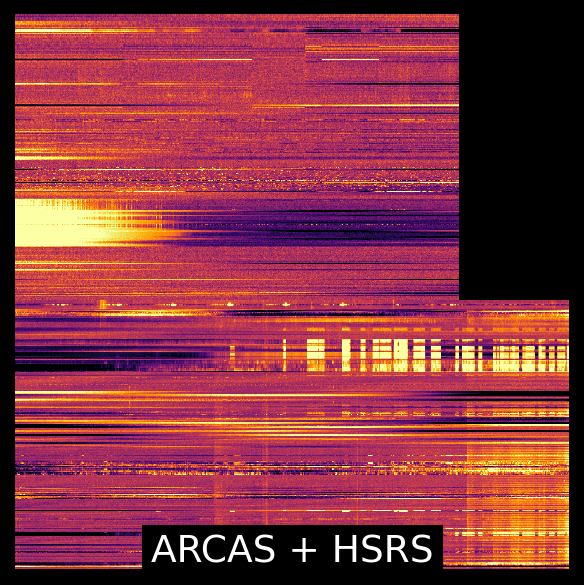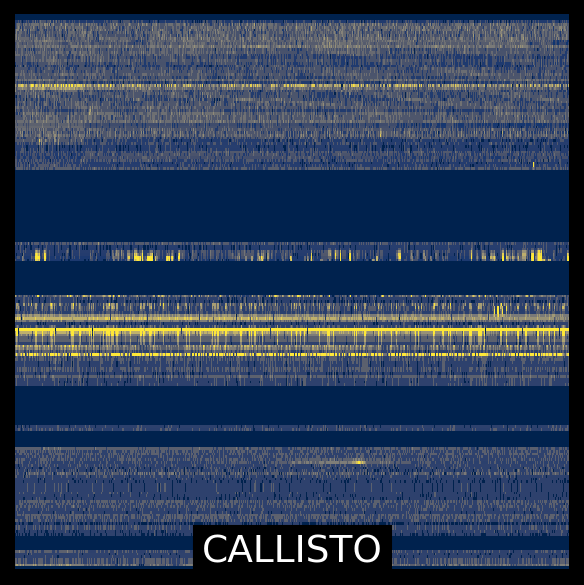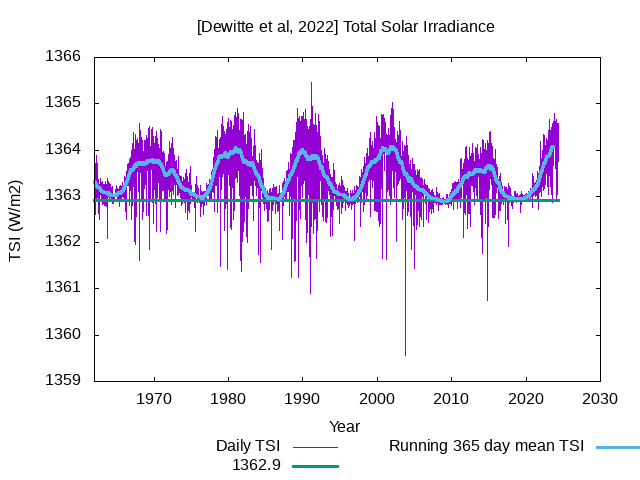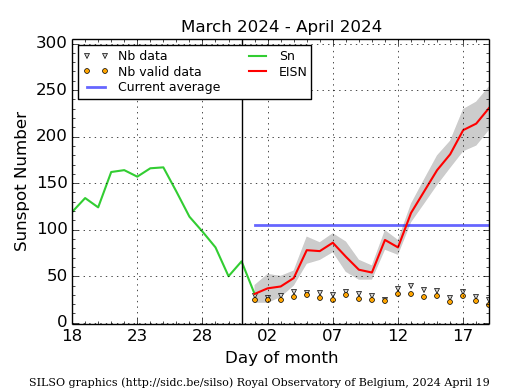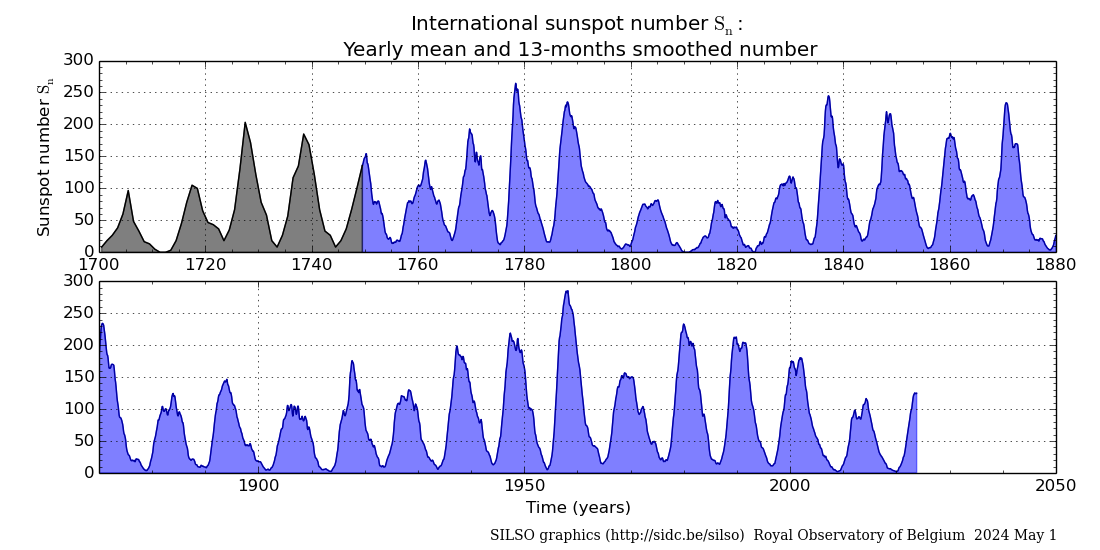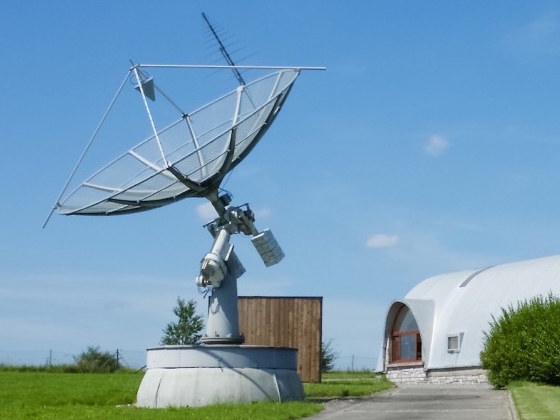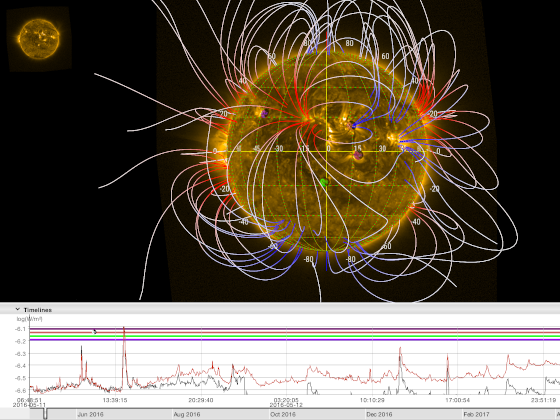Research
Publications
- The Sun's fluffy corona in exquisite detail
Henke, & al., 2024 - Statistical investigation of decayless oscillations in small-scale coronal loops observed by Solar Orbiter/EUI
Kumar Shrivastav, & al., 2024 - A rapid sequence of SEP events associated with a series of EUV jets: Solar Orbiter, STEREO-A and near-Earth spacecraft observations
Lario, & al., 2024 - Analysis of Coronal Mass Ejections through novel Extreme Ultraviolet Imager observations and modeling.
Dorsch, & al., 2024 - Investigating coronal loop morphology and dynamics from two vantage points
Mandal, & al., 2024
News

Sunspots and aurora
Last weekend's polar lights have been witnessed by millions around the world. While many drove to dark places to watch this celestial spectacle, others grabbed a lawn chair and watched the baffling show from their own backyard. Children were woken up by their parents to watch the colours in the sky. The 10-11 May aurora certainly captured the attention and awe of the public and the media.

